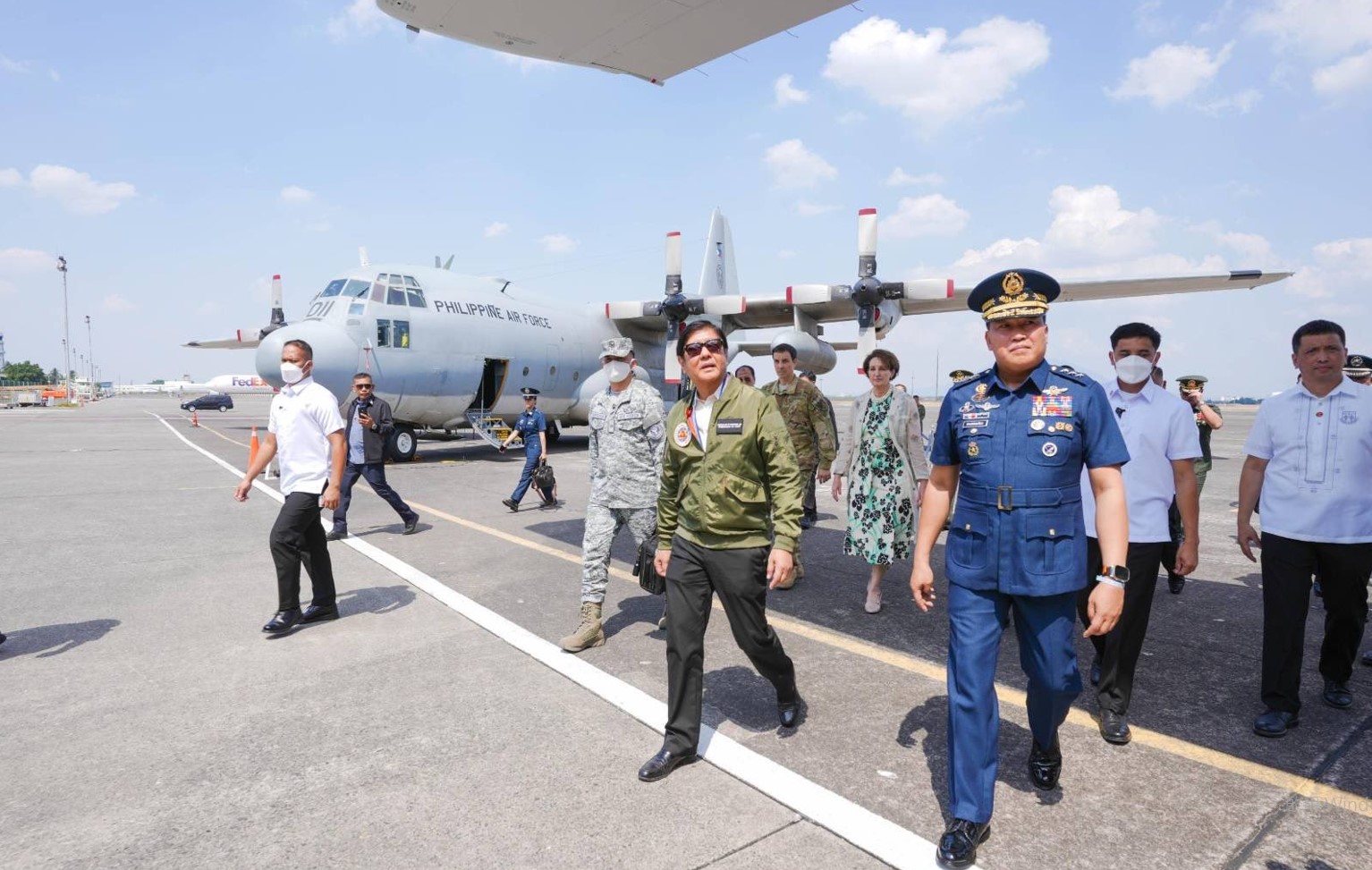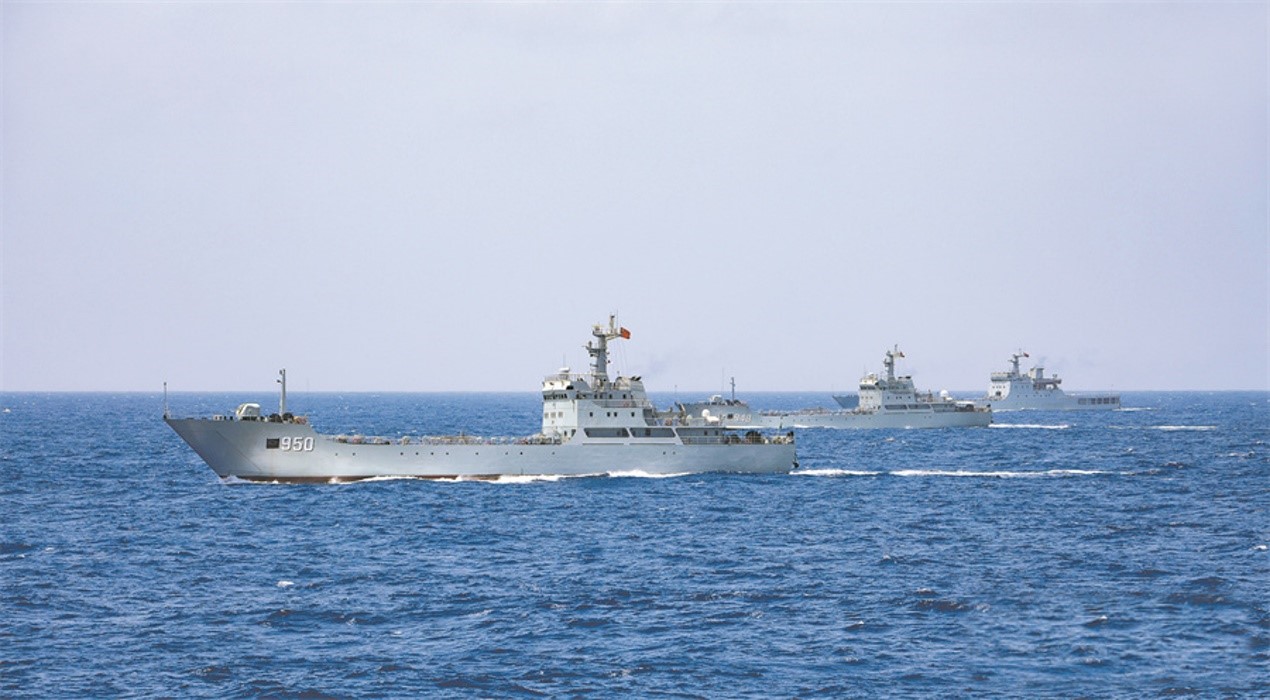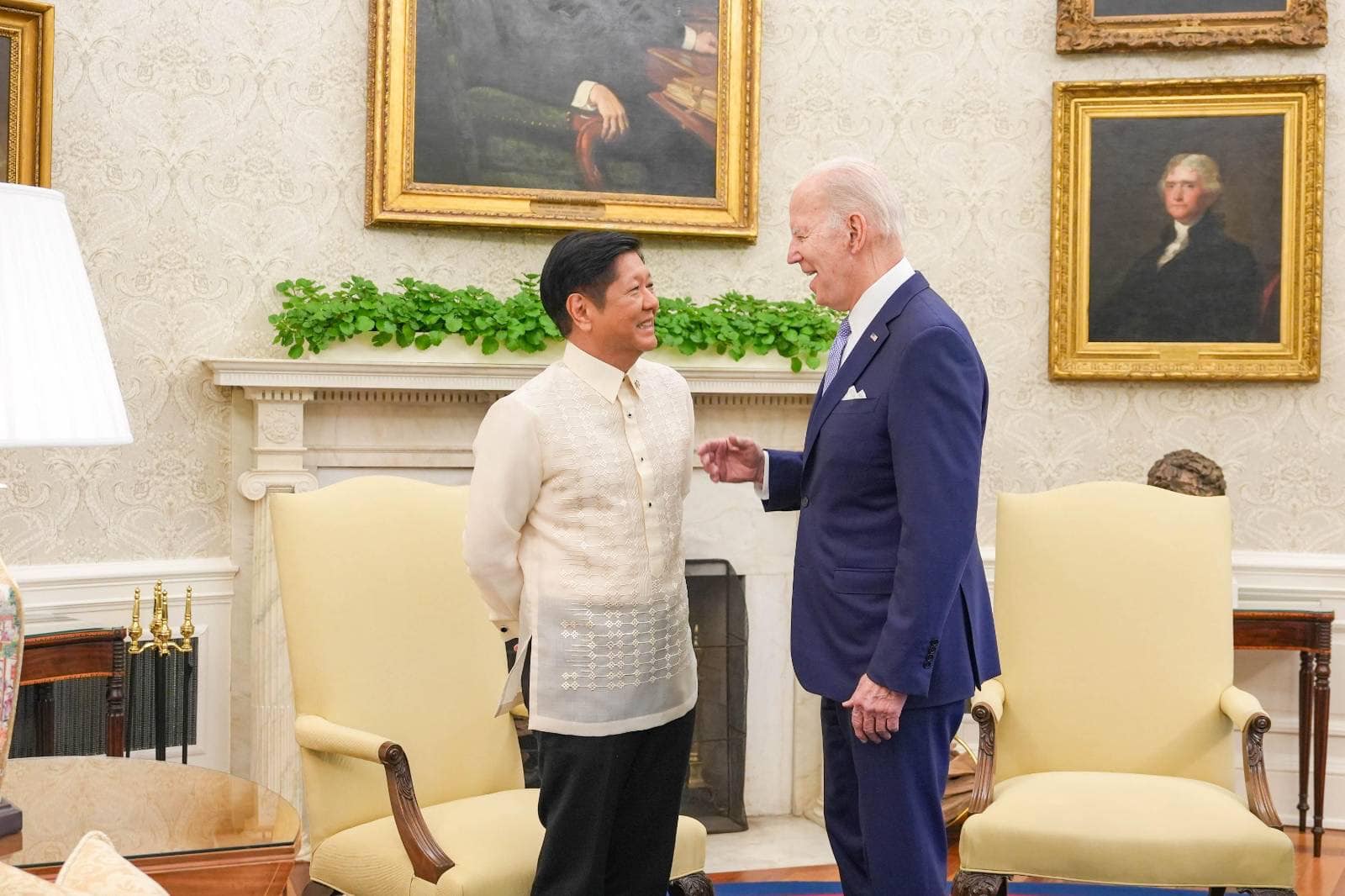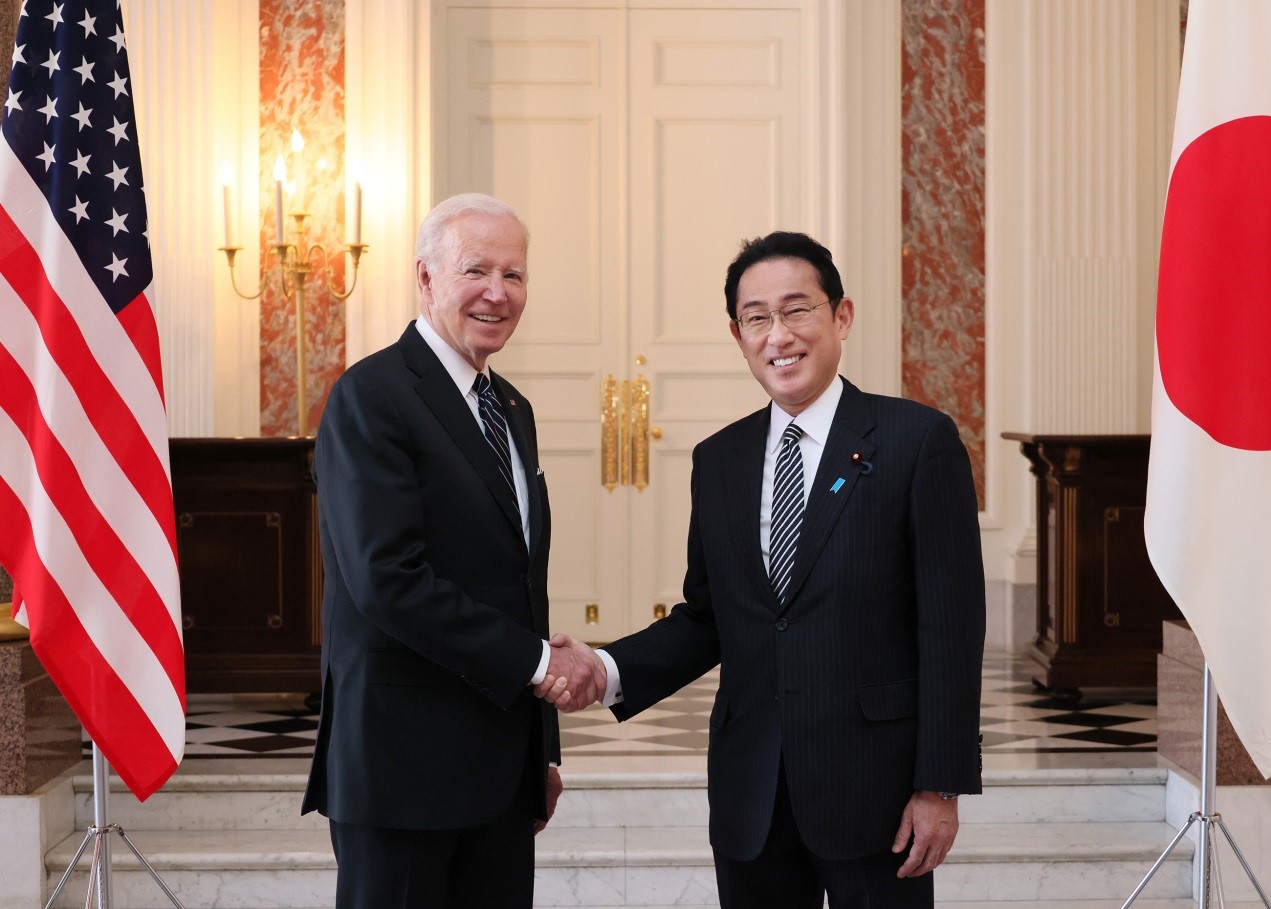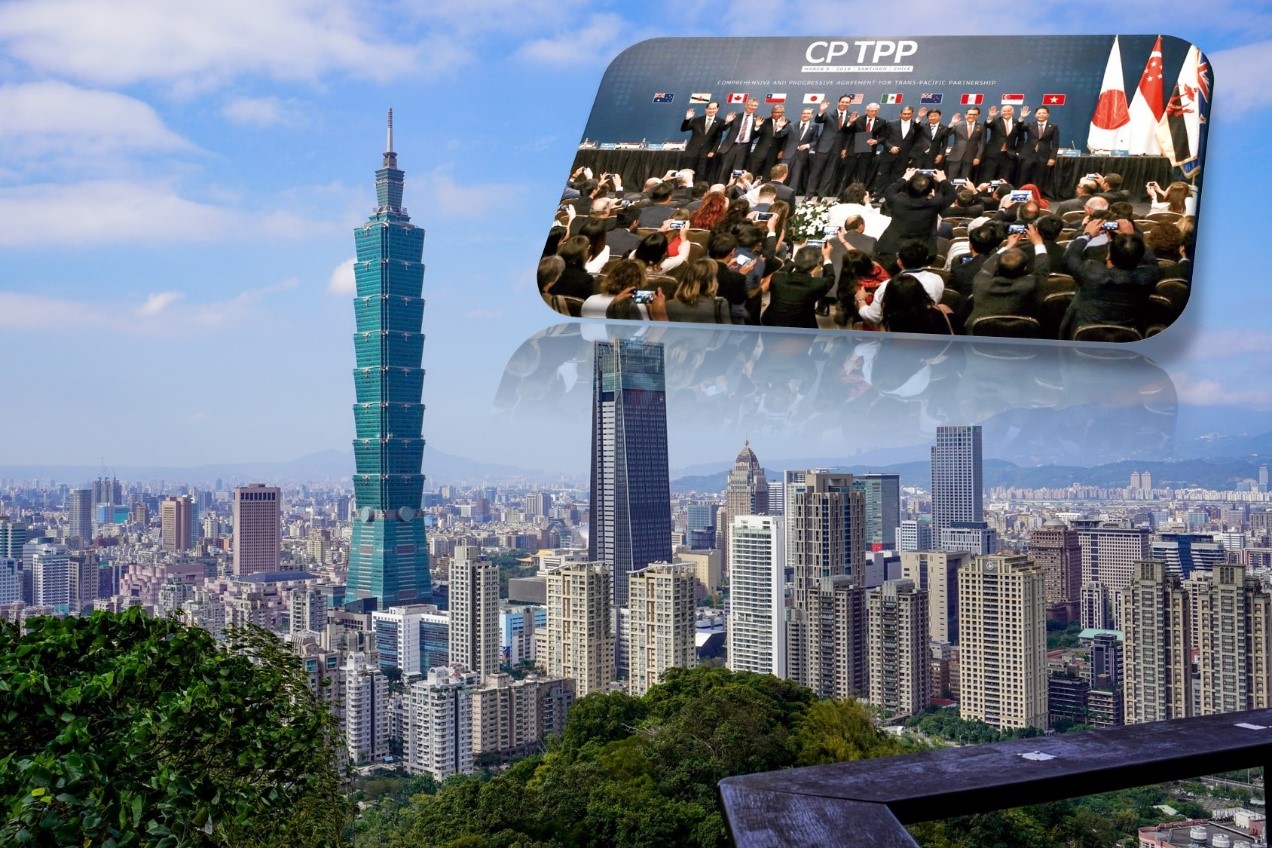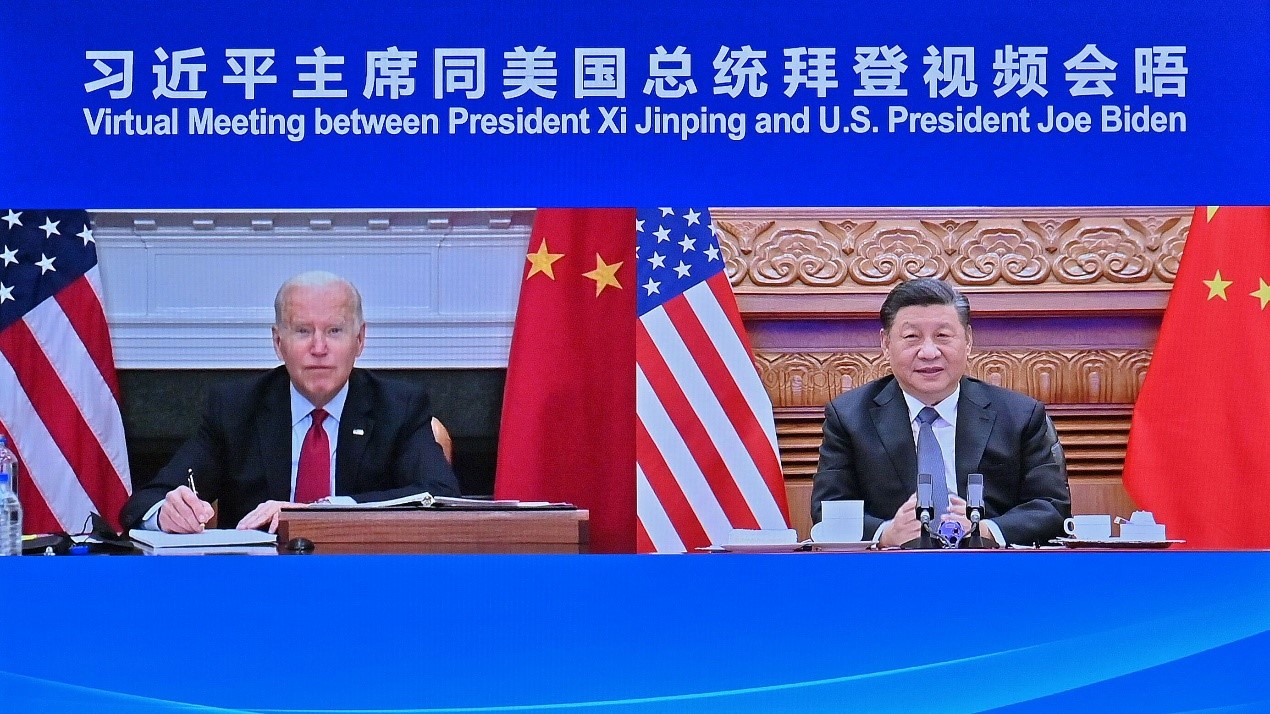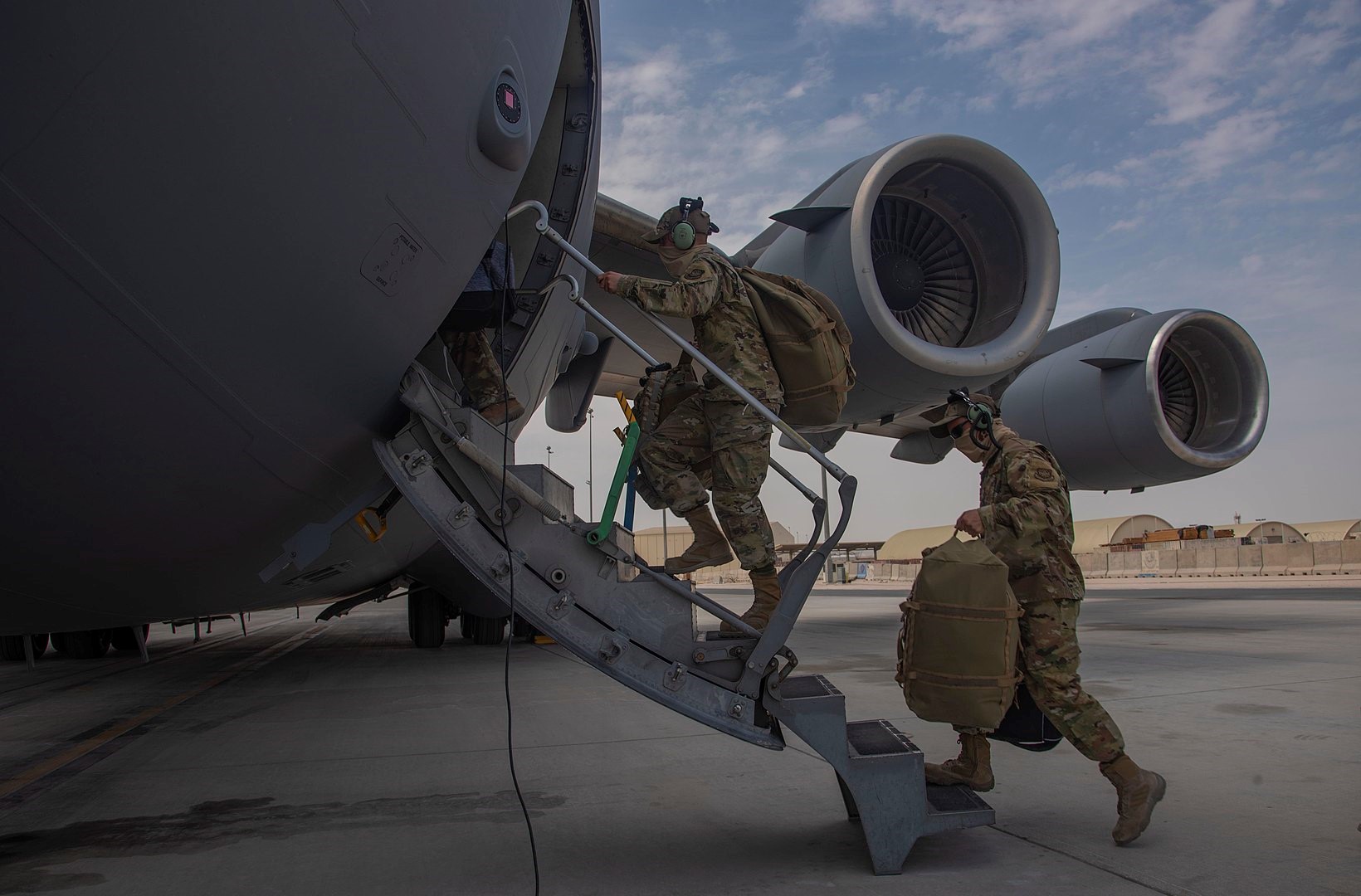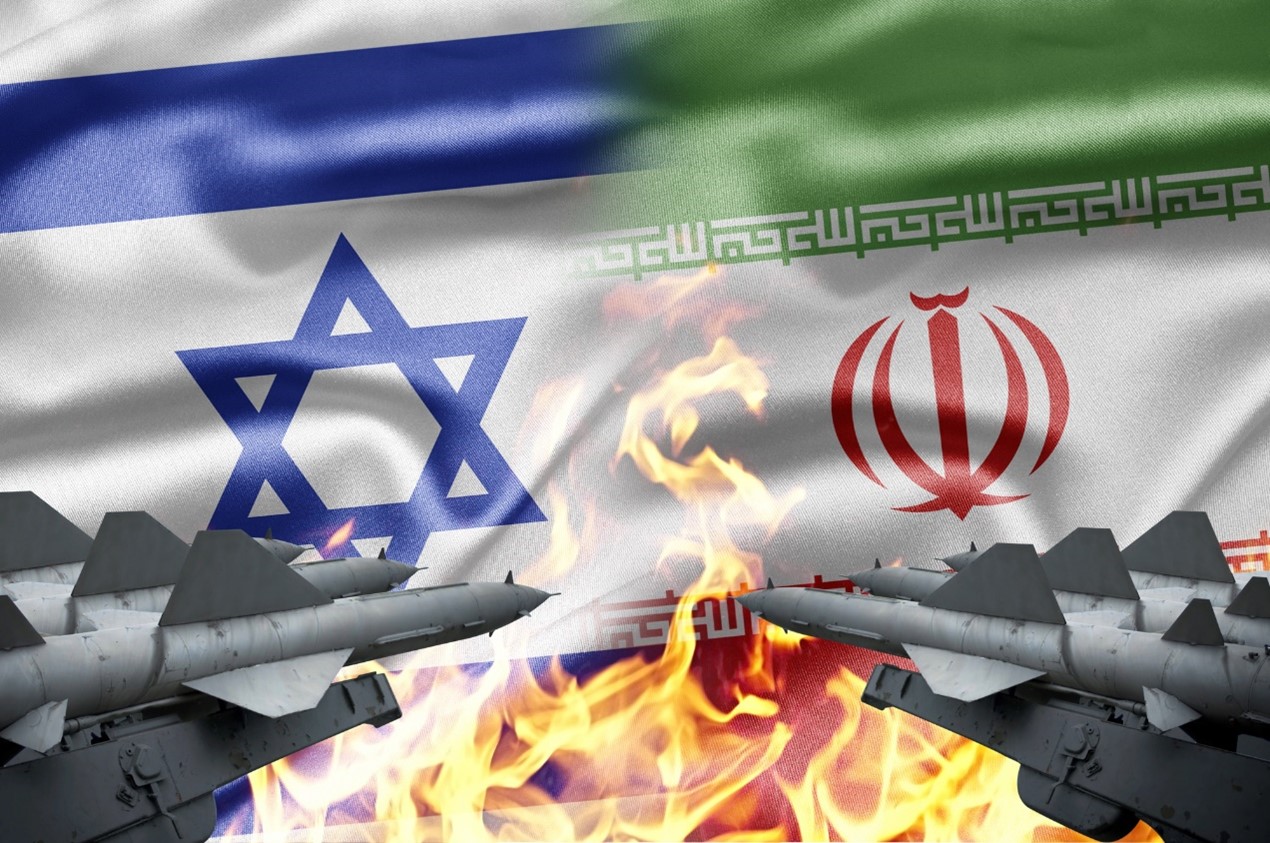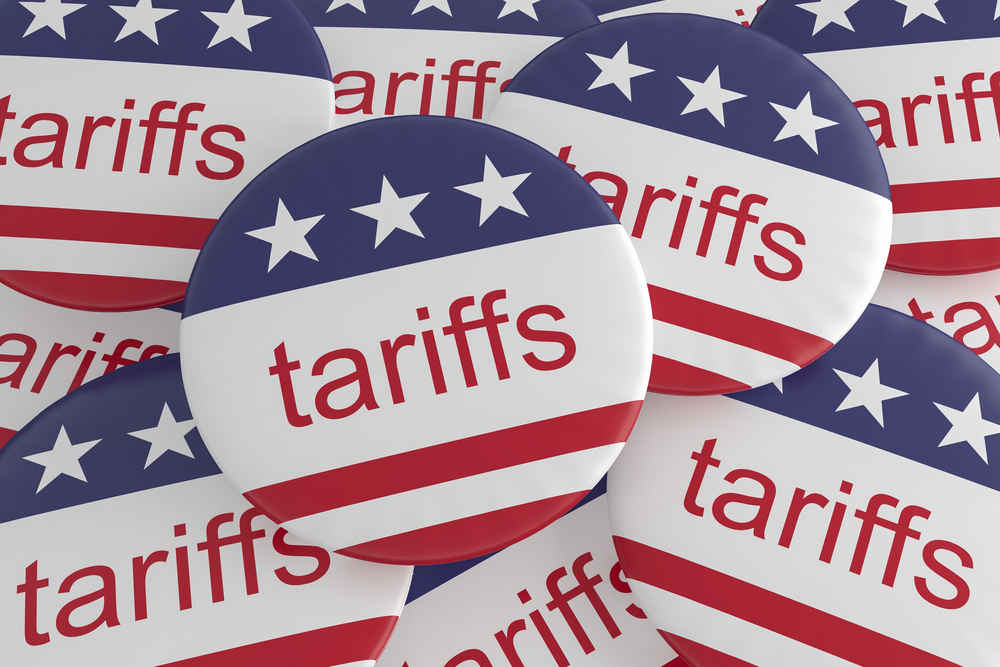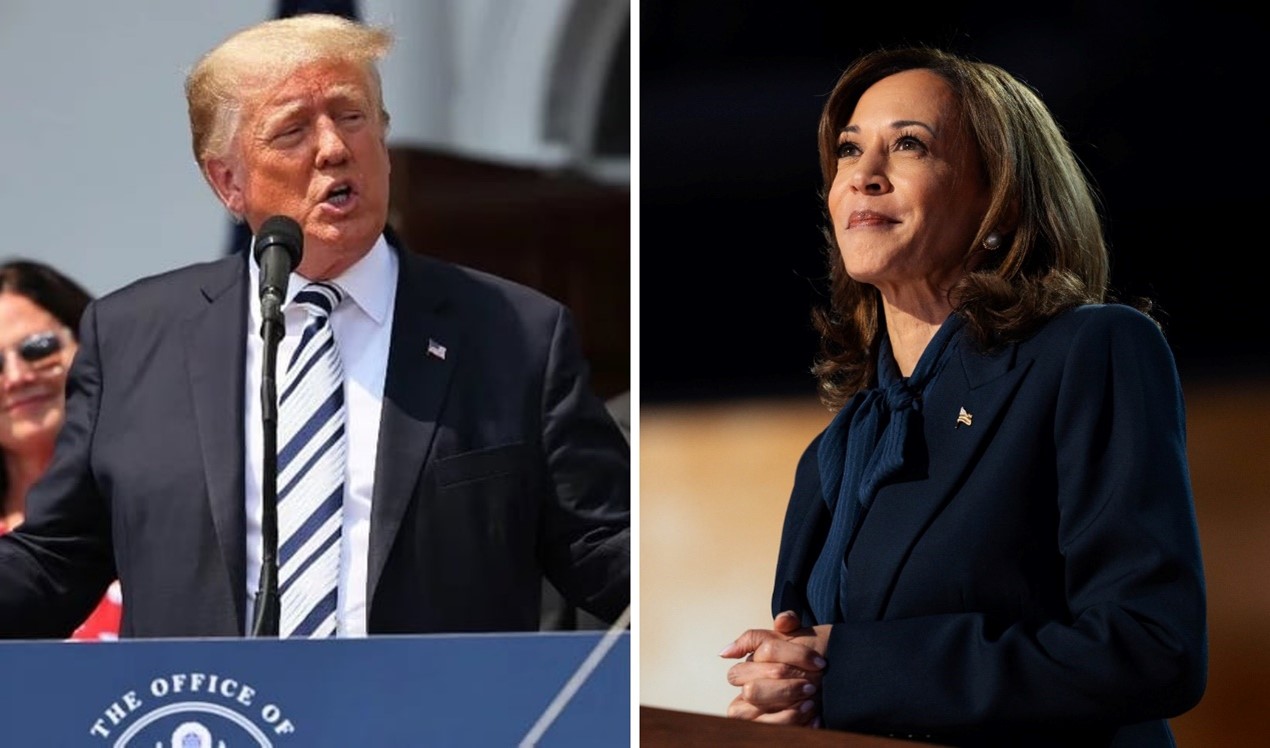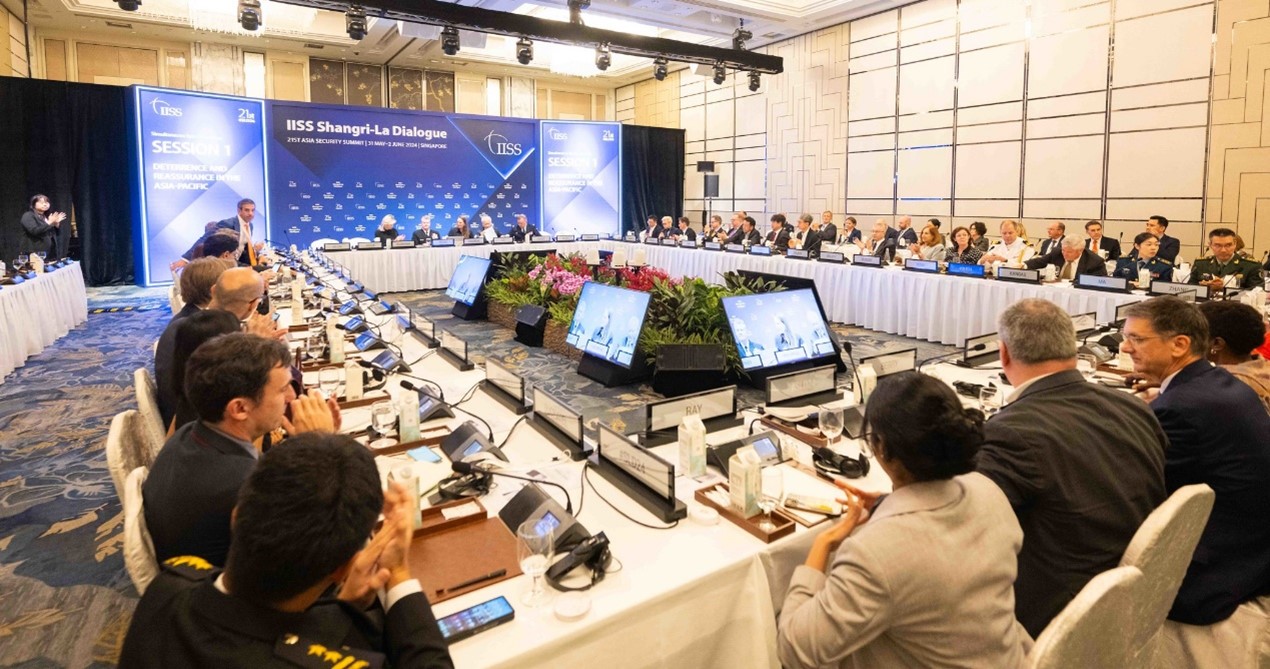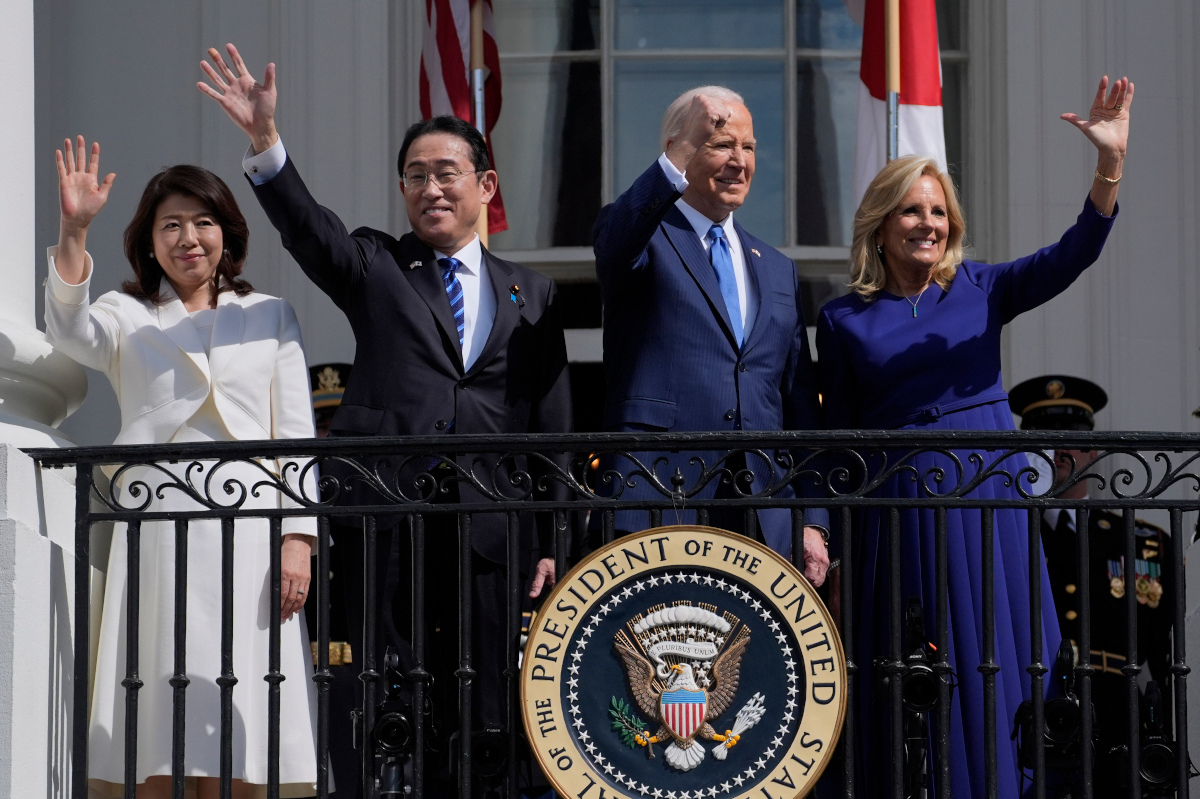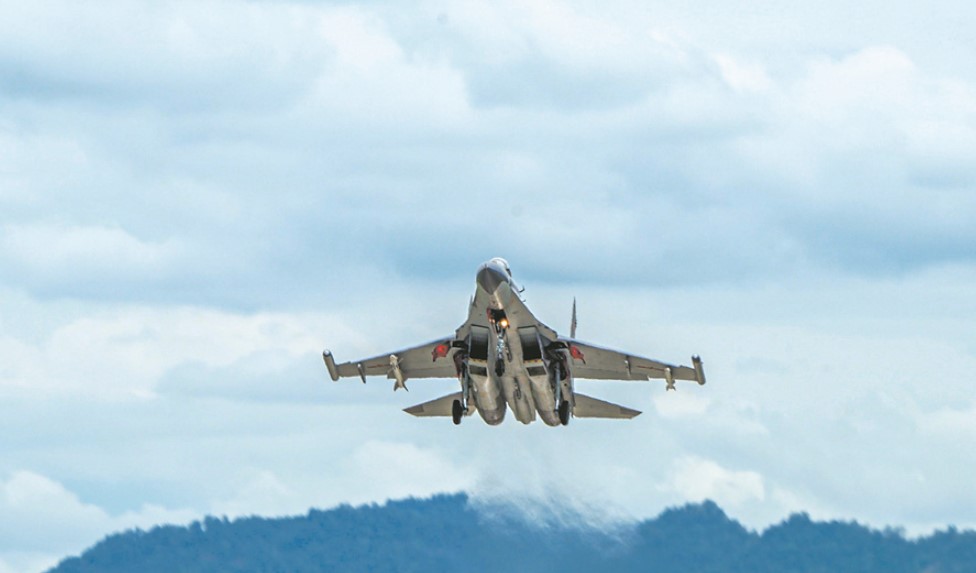The Strategic Rise of the Philippines: Unpacking Manila’s Growing Strategic Importance in Indo-Pacific Geopolitics
The United States must strengthen its influence on Indo-Pacific geopolitics and prioritize its security resources in the Indo-Pacific. The recent strengthened partnership with the Philippines is just the beginning. Picture source: Bongbong Marcos, April 1, 2023, Twitter, https://twitter.com/bongbongmarcos/status/1641985608531980288.
The Strategic Rise of the Philippines: Unpacking Manila’s Growing Strategic Importance in Indo-Pacific Geopolitics
Prospects & Perspectives No. 19
By Alan H. Yang
It has been more than a year since the Russian invasion of Ukraine. During that period, China has remained largely silent on the Ukraine issue, and has also taken the opportunity to navigate its rivalry with the U.S. Beijing has actively sought to contain and win over Russia to its side and to leave Moscow with no choice but to partner with Beijing. At the same time, European countries are also hoping that China will play the role of mediator in the crisis, hoping to end this tragedy as soon as possible.
Coupled with the beginning of Xi Jinping’s third term as president, Beijing's wolf-warrior diplomacy also seems to be showing signs of temporarily slowing down. However, when French President Emmanuel Macron and European Commission President Ursula Von der Leyen visited China earlier this month and met with Xi, the Chinese leader did not commit to a resolution of the Ukraine issue. Instead, China became the winner of the Ukrainian Crisis.
Meanwhile, some U.S. political leaders have called for a re-examination of the role of and resource allocations by the U.S. in the Ukraine crisis, and at the strategic level argued that the U.S. should strengthen its influence in the Indo-Pacific region. Among them, U.S. Senator Josh Hawley’s speech at the Heritage Foundation was of highly strategic importance.
Josh Hawley is a senior senator. His speech at the Heritage Foundation directly addressed the priority of U.S. defense policy to focus on the critical threat (namely China). Of course, it also examined the Ukraine crisis and reminded the audience of the need to ensure U.S. homeland security and its security projection overseas. His remarks on the strengthening influence of the United States in the Indo-Pacific region were thought-provoking. In general, his propositions and reminders can be summarized as follows:
First, the actions of the United States in Ukraine will directly affect the ability of the United States to project force or military presence in other regions, especially in the Indo-Pacific region, to deter China. In addition, both Ukraine and Taiwan are competing to procure similar weapons systems, but the U.S.’ weapons manufacturing capabilities are not unlimited, and it is impossible to meet the defense needs of both Ukraine and Taiwan simultaneously, not to mention those of the United States itself in the near future.
Second, although the United States is a global superpower, its ability to deal with two military conflicts at the same time is limited. In the face of China, which is keen to annex Taiwan, Washington should strengthen its deterrent power and influence in the Indo-Pacific region.
In this regard, the United States must strengthen its cooperation and influence in the Indo-Pacific region, and at the same time examine the allocation of military resources. Among them, the strategic ascendency of the Philippines is encouraging. Enhanced U.S.-Philippines cooperation is an important example. U.S. Secretary of Defense Lloyd Austin visited South Korea and the Philippines from January 30 to February 2. During his visit, the United States and the Philippines issued a joint statement emphasizing that the two sides commit to fully accelerate the implementation of the Enhanced Defense Cooperation Agreement (EDCA). Joint patrols in the South China Sea will also resume.
Though cooperation between the United States and the Philippines will emphasize a naval presence; besides the EDCA, collaboration and coordination will also focus on the air forces. President Ferdinand Marcos Jr.’s administration has agreed to give the U.S. military access to four additional military bases under the EDCA, including Camilo Osias navy base in Sta Ana and Lal-lo airport, both in Cagayan province, and Camp Melchor Dela Cruz in Gamu, Isabela province and the island of Balabac off Palawan. The agreement allows the U.S. rotational access to a select number of military facilities – initially five – nominated by the Philippine government. Under the terms of the EDCA, the U.S. military is permitted to use facilities such as runways, fuel storage, and military housing. Interestingly, the newly selected sites in Cagayan and Isabela sit near Taiwan, over which tensions between the U.S. and China continue to escalate. The bases are expected to provide the most rapid and effective deployment sites should regional conflict break out.
Manila’s enhanced influence in Indo-Pacific geopolitics
The Strategic ascendency of the Philippines in the Indo-Pacific has strategic meaning on three levels:
First, cooperation between the United States and its allies is not directly aimed at aiding Taiwan in a potential war with China. Still, it is undeniable that the practice of strengthening partnerships serves the tacit purpose of deterring China or, at the very least, to increase the costs of Chinese military aggression against Taiwan or in the South China Sea.
Second, in addition to strengthening naval capabilities, an air force with new combat capabilities and a greater ability to immediately intervene in regional conflicts seems to be the focus of this strengthening. The strengthening and upgrading of Philippine air force bases shows that the United States is committed to peace and stability in the Indo-Pacific region. The presence of the US Air Force also highlights the enhanced allocation of U.S. military resources to the Indo-Pacific region.
Third, in addition to hub-and-spoke partnerships, spoke-and-spoke relationships should also be reinforced. In other words, the United States is strengthening its influence on Indo-Pacific geopolitics and regional security, and the recent enhanced partnership with the Philippines is just the beginning. Greater investments are also needed to ensure that greater preparedness can be linked with U.S. allies and partners in the Indo-Pacific so as to facilitate appropriate responses to any conflict that emerges.
It is worth noting that the United States intends to accelerate the process of arms sales to Taiwan. The United States has approved the sale of 100 shore-mounted Harpoon missile systems to Taiwan, including 400 ground-launched RGM-84L-4 Harpoon Block II missiles. Taiwan expects to receive all purchased Harpoon missiles before 2029.
According to the arrangement, Harpoon missile-related equipment will be partially handed over from 2024, and the missile will be obtained from 2025. Following a review of the existing military resource allocation, the United States intends to coordinate with Saudi Arabia to deliver the equipment that was originally intended for Saudi Arabia to Taiwan, where the need is more pressing. Taiwan must obtain more anti-ship missiles more expediently in order to effectively deter the Chinese military.
As President Tsai Ing-wen said in her remarks during her visit to the United States in early April, in which she quoted former U.S. President Ronald Reagan, if “justice is brave enough, then the devil will lose strength!” If like-minded partners in the Indo-Pacific region are sufficiently intimidating, the operational costs of China’s unilateral aggression against Taiwan and the South China Sea will increase, and the proverbial devil will lose its strength.
(Dr. Yang is Distinguished Professor, GIEAS, NCCU, Taiwan / Executive Director, CSEAS, NCCU, Taiwan.)


